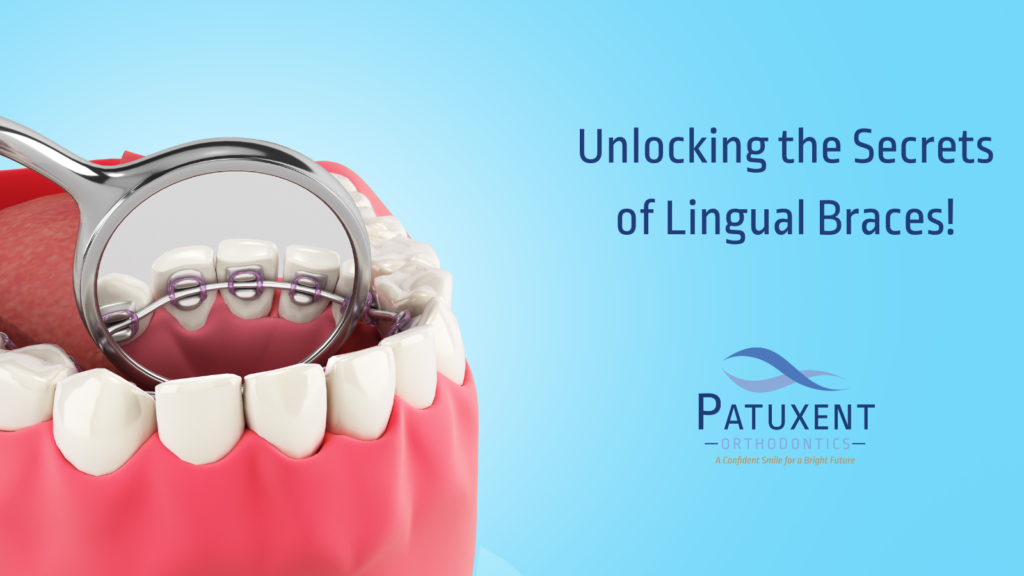Braces are a common orthodontic treatment used to correct dental alignment issues. Many people who require braces are curious about the duration of the treatment. It’s not uncommon for individuals to wonder, “Why do braces take so long?” In this article, we will explore the reasons behind the extended treatment time associated with braces.

Credit: www.facebook.com
1. Complexity of Dental Issues
The duration of braces treatment depends on the complexity of the dental issues being addressed. Each case is unique, and some individuals require more extensive work to achieve the desired results. People with severe misalignments or overcrowding may need to wear braces for a longer period to ensure proper correction.

Credit: dentistrycharlottesville.com
2. Teeth and Jaw Alignment
Braces not only address crooked teeth, but they also correct jaw misalignment. Aligning the teeth and jaw properly takes time as the gentle pressure from the braces encourages the teeth to gradually shift into their correct positions. The movement of both the teeth and the jaw can impact the duration of the treatment.
3. Age and Growth Considerations
The age of the patient plays a significant role in the duration of braces treatment. Children and teenagers tend to achieve faster results as their teeth and jawbones are still growing. Their bone structure is more malleable, making it easier to guide the teeth into the desired positions.
4. Compliance with Retainers
After the braces are removed, the patient is typically given retainers to wear. Retainers help maintain the newly achieved alignment and prevent the teeth from shifting back to their original positions. The length of time the retainers need to be worn depends on the patient’s compliance. Failing to wear the retainers as instructed can lead to prolonged treatment.
5. Gradual and Gentle Tooth Movement
The primary objective of braces is to move the teeth gradually and gently into their proper positions. This ensures minimal discomfort to the patient and reduces the risk of damage to the teeth and supporting structures. Braces treatment involves periodic adjustments to gradually shift the teeth over time.
6. Individual Healing Process
Every individual’s body responds differently to orthodontic treatment. Some people’s teeth may require more time to respond to the forces exerted by braces. Factors such as genetics, overall health, and the density of the bone can influence the rate at which the teeth move. Thus, it’s important to be patient as everyone’s healing process is unique.
7. Avoiding Complications
Rushing through orthodontic treatment can lead to various complications. Moving the teeth too quickly can result in root resorption, where the tooth’s root structure breaks down, causing potential tooth loss. Taking the necessary time allows the orthodontist to monitor the movements and make adjustments to prevent such complications, ensuring a healthy and successful outcome.
8. Long-Term Results
While it may seem like braces take a long time, the results are well worth the wait. Achieving a straight and properly aligned smile can boost confidence and improve oral health. The duration of braces treatment is a small sacrifice for the long-term benefits and the beautiful, healthy smile that awaits at the end of the journey.
Frequently Asked Questions Of Why Do Braces Take So Long : The Secrets Unveiled
Why Do Braces Take So Long To Straighten Teeth?
Braces take time to realign teeth precisely and ensure a lasting, beautiful result.
What Factors Affect The Duration Of Braces Treatment?
The severity of misalignment, patient compliance, age, and individual response influence treatment length.
Can Braces Be Expedited For Faster Results?
Treatment time can be accelerated with advanced techniques, but it’s crucial to prioritize oral health.
How Can Patients Maintain Their Braces For Optimal Results?
Adhering to orthodontist’s instructions, maintaining good oral hygiene, and avoiding certain foods can help.
Conclusion
Braces take time because they address a variety of dental issues, including teeth and jaw alignment. Factors such as age, compliance with retainers, and individual healing processes all contribute to the duration of the treatment. A patient’s commitment to the treatment plan, along with regular visits to the orthodontist, ensures the best possible outcome. Although braces may seem like a long process, the end result is a confident smile and improved oral health that lasts a lifetime.

